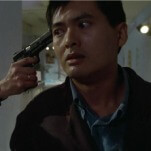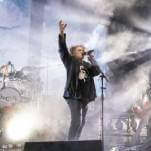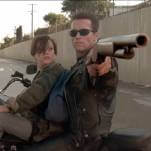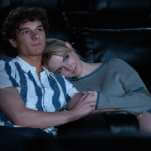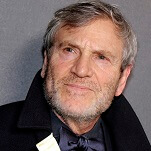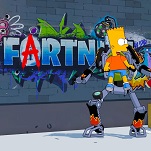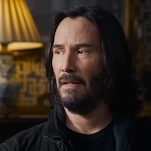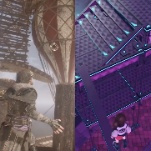Readers celebrate Chrono Trigger’s world building
Nostalgia Trigger
Our current Special Topics In Gameology series marched forward this week with Anthony John Agnello examining Chrono Trigger and the bond it builds between players and the heroes’ hometown, Truce. Anthony argues that Crono and his crew—and the player, by proxy—must witness every stage of Truce’s history, from creation to destruction, on their road to saving it. CNightwing compared it to another classic time travel story, where watching a single setting undergo changes from era to era made the journey all the more effective:
This is the right way to do time travel. Going right back to H.G. Wells, what draws people into the narrative is the observation of change in surroundings they have become familiar with. The eponymous Time Machine moves barely a few feet in the entire novel, and each stop on the way to the far future is marked by observation—of what businesses came and went, of what fashions changed, of the passing of each major war. Back To The Future does this too. It’s just as much a story of Hill Valley as it is Marty or Doc Brown, and all the little details that go into showing the audience how much has changed, and yet remained the same, is what makes it all believable, even the cheesiest bit about the janitor becoming mayor.
For comparison, series like Timecop or Sliders (if you allow alternate realities as a similar form of travel) don’t draw you in to their principle storytelling device because things change too much, and there’s barely a connection with the world in which you began. It’s important for a location to be a character in itself—to develop a little over time, to change like any other character would according to what challenges faced them. Quantum Leap managed to do this while moving around constantly by portraying changes across the entire US. That has to be one of the keys to its success, that combination of nostalgia and observations on changing times.
I’d really like to play a game that tries to emulate the changing times that have faced settlements over the ages. It needn’t cover all of time of course but starting with a sleepy medieval village and seeing how it changes with plague, war, famine, and dreaded economics would fascinate me, even if there was no goal, or I risked the town falling to ruin. I like Dwarf Fortress, but it’s not quite what I’m looking for here.
Elsewhere, NakedSnake summed up the motivational power of Chrono Trigger’s time travel:
I came to Chrono Trigger late, which is to say, I played it for the first time last year. When I first started it, I was a little bemused about the powerful nostalgia that people felt about the game. The characters were fun but didn’t grab my attention, and the main plot was almost non-existent. It felt like a series of semi-serious vignettes. As the game wore on, though, I became more and more engrossed. It’s not the characters or their stories that draw you in. It’s the world itself. Each time I saw the world transformed from time period to time period, I understood more about it. You start to see how everything is interconnected, and how the story really is bigger than your merry band of adventurers. Most games that ask you to save the world give little thought to what that world looks like. For Chrono Trigger, saving the world becomes an urgent priority because you feel truly and strongly connected to that particular place.
Plumberduck provided a link to an in-depth analysis of Chrono Trigger’s story, one that examines it as two separate halves that fit into two different classical archetypes. It’s an interesting read. Shinigami Apple Merchant responded with another two-tales-in-one interpretation:
I like to view the game as two interwoven tales as well. The first part is The Tragedy Of Magus—sort of predetermination meets Dickens. He’s determined to never be useful to his people, he’s cast aside by time itself, he fights to save the only one who ever saw inherent value in him (besides his cat), and no matter what he does, he only ends up being an integral part of said tragedy as The Prophet.
The second part is The Hero’s Journey Of Crono. Through his unbridled optimism and altruism, he refuels Frog’s need to live (beyond performing the occasional act of heroism). He is tested time and time again (pun intended), by the defeatism of the future era, the acrimony of the war in the Middle Ages era, being pursued by the King’s guard in his own era, and trying to find some avenue with which to change the flow of time and avert the downfall of everything.













